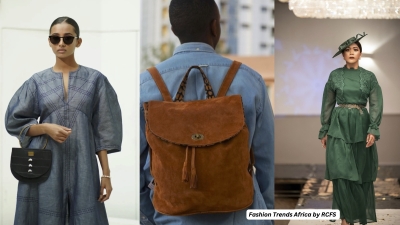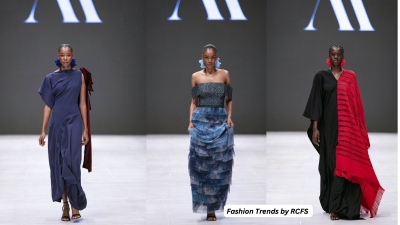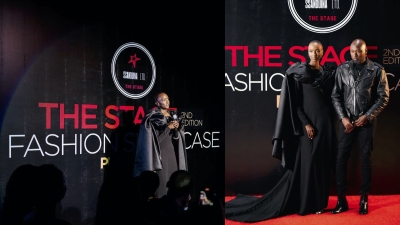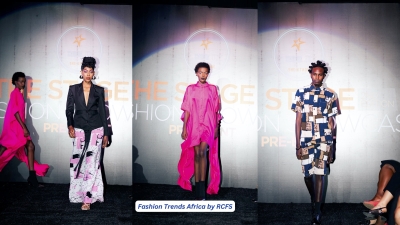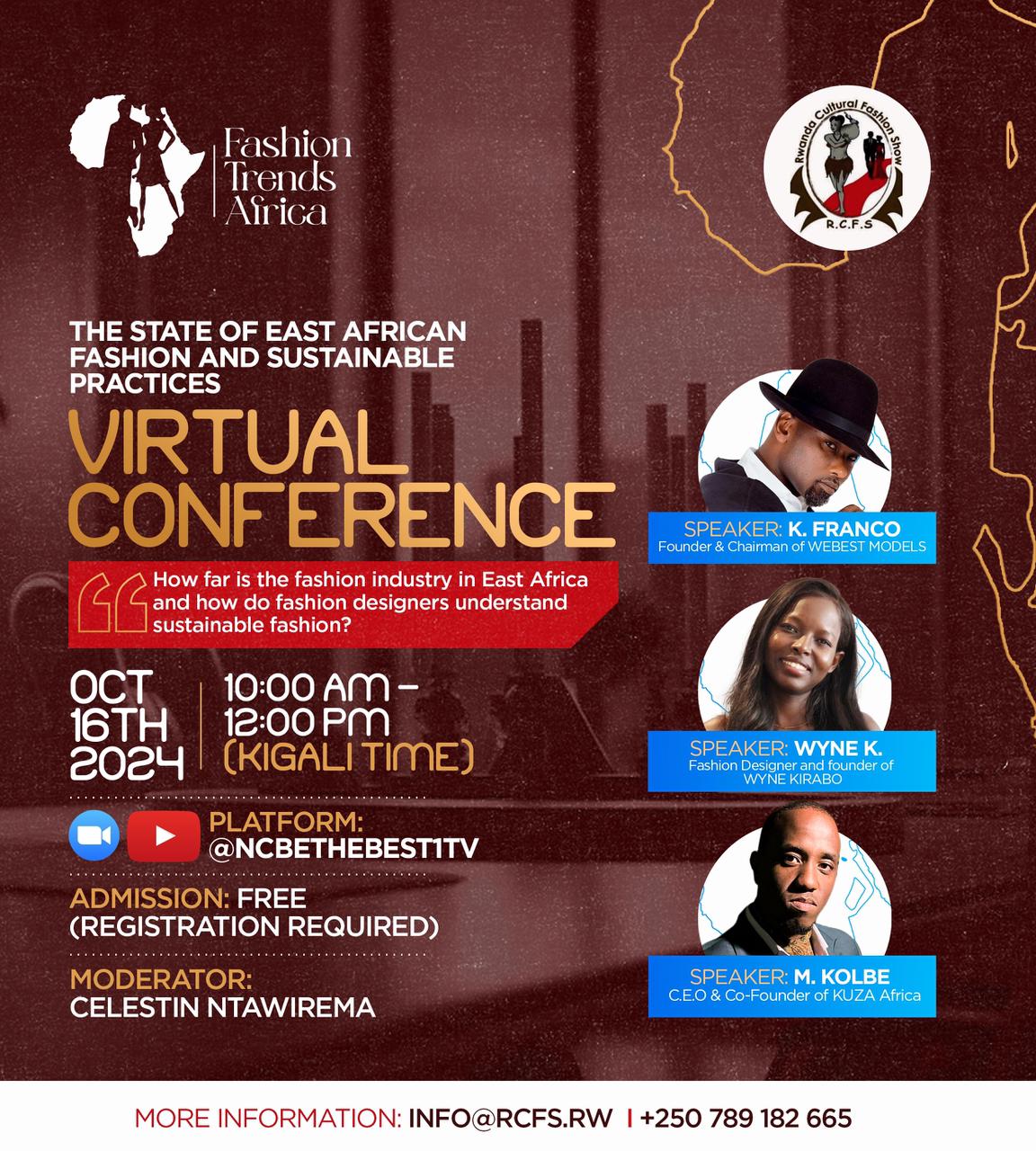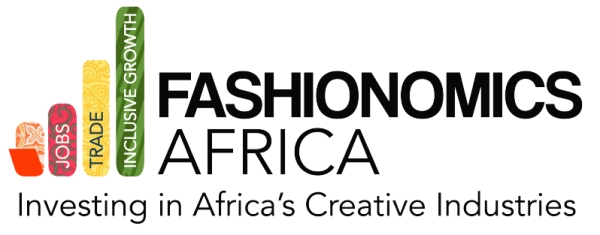 A platform for the Made-in-Africa creations
A platform for the Made-in-Africa creations
Over the last decade, Africa’s fashion industries have come into the spotlight and their potential for powering economic growth and development continues to be evident. The desired development of Africa’s fashion industries also places a demand on countries, to build the capacity to achieve growth. With that in mind, the quantity, and more importantly, the quality of available labor supply becomes a crucial factor for African economies to reap full benefits from their fashion industries. In this week’s edition, we take a look at the current state of skills in Africa’s fashion industries and explore potential remedies.
The Current State of Skills in Africa’s Fashion Industries
Limited competencies
There is a lack of managerial competencies across the labor force available in Africa’s fashion industries. Most workers in these industries are therefore concentrated at the entry level, or floor management. Due to the nature of training opportunities available, there is often a need for substantial training even for line workers. A report on Kenya’s fashion industry noted that the country has the lowest value added per worker, owing to factors such as long change over times i.e. the time required for a line worker to adjust to a new production run.
Limited educational opportunities
Educational opportunities available for aspiring fashion entrepreneurs are quite limited. The African fashion education sector is fragmented, highly informal and lacks regulation. As such, a majority of African fashion schools that are operating are not accredited. They are also characterized by poorly structured curricula, outdated equipment and under qualified instructors. Underinvestment in technical vocational education institutions is also observed, further narrowing down the opportunities of building capacity of African fashion businesses.
Lack of on-job training
Availability of training opportunities is linked to the level of development of the industry and consequently of the economy. A key feature of most African countries is high informality which also speaks to the limited availability of decent and gainful employment opportunities, which are pivotal in providing learning opportunities. Resultantly, on the job training opportunities are not readily available for the development of professionals in the fashion industry.
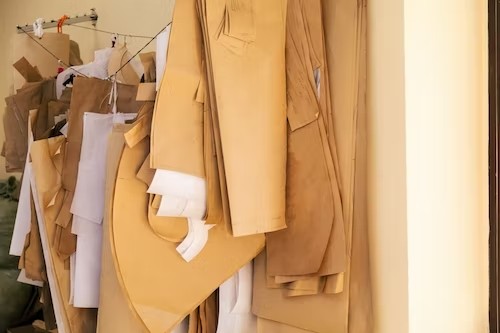
Difficulties adhering to quality standards
Due to the convergence of a myriad of factors, most of Africa’s fashion industries are not sufficiently capacitated to produce while adhering to the industry standards. To meet the quality requirements, a lot of training needs to be provided for workers after being recruited otherwise, the products fall below market requirements.
Limited Supply Chain Management Skills
Africa’s fashion industries lack skills in the areas of sourcing and production, and consequently securing the needed quality and quantities of materials is difficult for most fashion businesses in the industries. This challenge has also been attributed to lack of sector specific training which contributes to entrepreneurs’ limited understanding of the demand volatility and cyclical nature of most fashion products. As such, poor sourcing and supply chain management skills introduce high costs through failure to meet demand in time. Resultantly, it affects the value of products sold.
Skills Mismatch
According to a survey done by CIAFE, 90% of fashion schools in Africa provide fashion design courses only and do not focus on other parts of the fashion value chain. This is against a background of targeting export markets in Europe and the United States of America, where companies prefer doing their fashion design in–house. As such, the skills that the labor force has are not in tandem with the market requirements. For fashion entrepreneurs who have sights on owning their own brands, recruiting a team is also difficult for them because of the low supply of other technical skills required in the fashion business.
Bridging the Skills Gap in Africa’s fashion Industries
Investment in Fashion Education
Africa’s fashion industries are in need of a ‘big push’ type of capital injection. Pouring vast resources in the industries will build competitiveness in numerous ways, which includes making it possible to deliver effective training and capacity building. It will also contribute to value chain development which will ensure that there are backward and forward linkages across the textile and apparel value chain. Such a scenario will motivate training institutions to update their training material to meet the needs of a well-developed domestic value chain, which would have been facilitated by a significant capital injection.
Collaboration between industry, academia and government
Learning institutions should have relationships with market leaders in their domestic fashion industries in order to stay updated on market requirements. In that way, their training material can be forward looking, incorporating the requirements needed along every step of the textile and apparel value chain, with the consideration of the extent to which the country’s value chain is developed. In the same manner, they should also be closely linked to the government to make it easy to garner financial and non-financial support for training in the fashion industry.
Linking the fashion industry with other sectors of the economy
The ministries under which fashion education falls should be closely linked to other ministries such as tourism, art, sports and culture. The connection between the industries needs to open up opportunities for fashion students to design, and manufacture garments for key events hosted by these respective ministries. A move like that will push training institutions to provide skills which enable their students to rise up to the commercial requirements of clothing production, in a bid to fill a gap in a readily available market. With such an increase in market opportunities, the demand for labor and availability of on-job training will also rise.
Organizing market expos
Export markets are a critical source of revenue for Africa’s textile industry. To support the development of skills in Africa’s fashion industries, the government can facilitate opportunities for fashion businesses and training institutions in Africa to interact more with export market leaders. This allows them to have adequate information on the product requirements of export markets and so align their taught skills with the reality of the market.
Source: Fashionomics Africa
Latest from RCFS
- One week to go until Africa Sourcing and Fashion Week 2024: Designers, Exhibitors, and Speakers
- One week to go until Africa Sourcing and Fashion Week 2024: Designers, Exhibitors, and Speakers
- 9 Years Milestone: Moses Turahirwa and His Moshions Brand Rwanda-Based
- 9 Years Milestone: Moses Turahirwa and His Moshions Brand Rwanda-Based
- What to Expect in Lagos Heineken Fashion Week 2024: Runways Kick off Today



